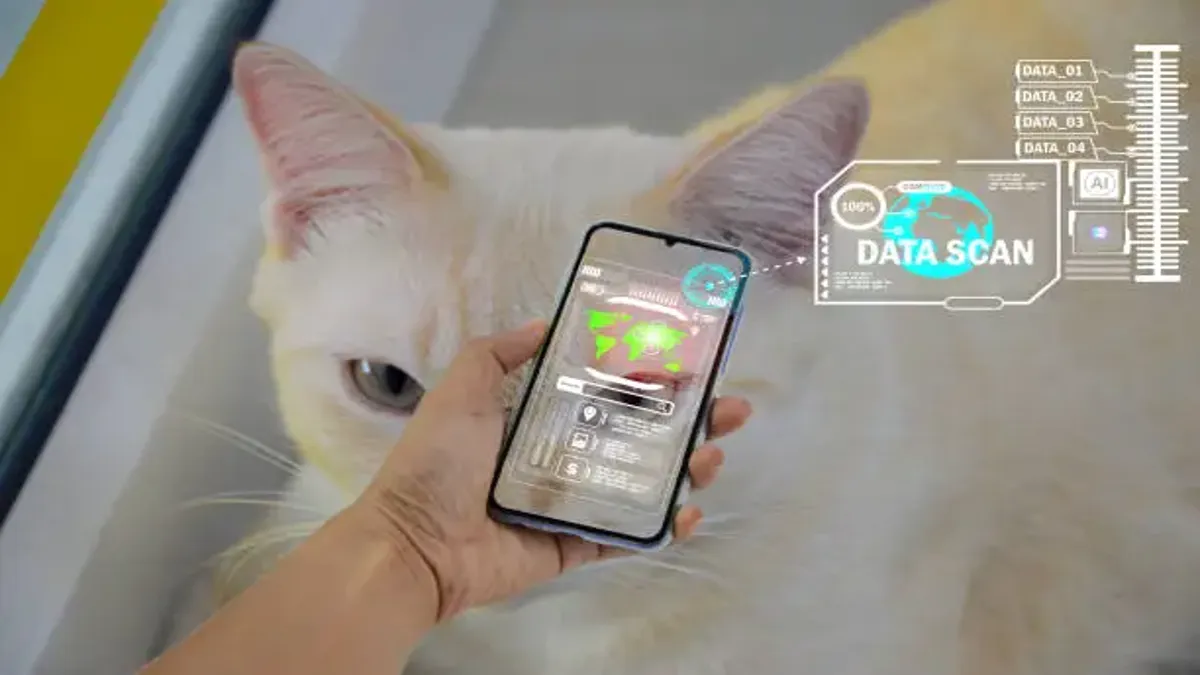Pet ownership has never been more connected. While GPS collars and microchips grab headlines, the real breakthrough in pet recovery comes from community-powered platforms that turn neighborhoods into search networks. Technology isn’t just tracking pets anymore – it’s mobilizing entire communities to bring them home.
The power of networked communities
Traditional lost pet methods relied on paper flyers and word-of-mouth. Today, digital platforms create instant alert systems that spread information faster than ever before. The key difference isn’t the technology itself – it’s how these systems connect people who want to help.
Lost pets alerts through PawBoost demonstrate this perfectly. When someone reports a missing animal, the platform doesn’t just post a listing online. It activates over 7 million people in their Rescue Squad network, sending targeted alerts to users in the specific area where the pet went missing.
This creates a ripple effect. One alert reaches hundreds of local people within minutes. Those people share the information with their own networks. Within hours, thousands of people in the community know to watch for a specific missing pet. The mathematics of viral information sharing work in favor of reunion.
Real-time coordination changes everything
Speed matters in pet recovery. The first 24 hours are critical – pets who haven’t established a territory yet are more likely to stay within a small radius of where they went missing. Digital platforms compress response time from days to minutes.
Consider the typical sequence: Pet goes missing, owner panics, creates alert on PawBoost, local Facebook groups receive automatic posts, email alerts go out to nearby users, and printable flyers generate instantly. What used to take hours of frantic phone calls and poster creation now happens while the pet is still likely nearby.
The platform also provides GPS integration, so users don’t need to remember exact addresses during stressful moments. Location services handle the details while owners focus on describing their pet accurately.
Data-driven search strategies
Modern pet recovery benefits from pattern recognition. Platforms like PawBoost analyze successful reunions to identify which strategies work best. They’ve learned that certain types of posts get more engagement, specific photo angles help with identification, and particular times of day generate more community response.
This data gets built into the user experience. The platform guides owners toward creating more effective alerts without requiring them to become experts in social media marketing during a crisis.
Success stories provide additional insights. Owners report which methods led to their pet’s return, creating a feedback loop that improves the system for future users. Over 2 million successful reunions have generated a massive dataset about what actually works.
Beyond the immediate crisis
Technology platforms serve ongoing needs beyond emergency situations. Many users join PawBoost’s Rescue Squad proactively, signing up to receive alerts in their area before they ever need the service themselves. This creates a standing army of helpful neighbors ready to assist when someone’s pet goes missing.
The social aspect builds stronger communities. People who might never interact otherwise find common ground through pet recovery efforts. Neighborhoods become more connected, creating secondary benefits for overall community safety and engagement.
The human element remains crucial
While technology enables faster communication and broader reach, successful pet recovery still depends on human compassion and action. Platforms facilitate connections, but people make the difference by actually looking for missing pets, checking their yards, and contacting owners when they spot an animal.
The most effective systems recognize this balance. PawBoost’s design prioritizes ease of use during emotional stress while providing tools that encourage community participation. The technology removes friction from the process of asking for help and makes it simple for neighbors to provide assistance.
Integration with existing systems
Smart pet recovery platforms don’t operate in isolation. They integrate with veterinary systems, animal shelters, and rescue organizations. When a stray animal arrives at a shelter, staff can quickly check lost pet databases to identify potential matches.
This coordination prevents pets from staying in shelter systems longer than necessary while their families search frantically. Technology bridges the gap between different organizations that might otherwise operate independently.
Looking ahead
Pet recovery technology continues evolving. Location tracking improves, community networks grow larger, and artificial intelligence helps match lost pets with found animals more accurately. The fundamental approach – using technology to coordinate human compassion – remains constant.
The success of platforms like PawBoost proves that the best technological solutions don’t replace human connections. Instead, they amplify community goodwill and make it easier for people to help each other during difficult moments.
For pet owners, this means having powerful tools available during their worst-case scenario. For communities, it means technology that brings people together rather than isolating them. In 2025, losing a pet is still heartbreaking – but finding them has never been more hopeful.

